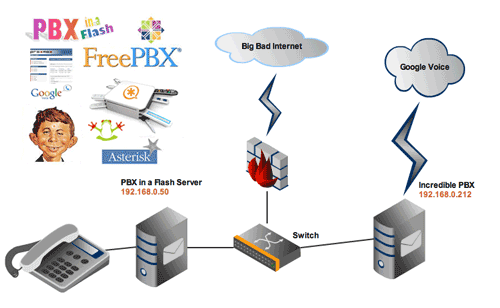Avoiding a $100,000 Phone Bill: VoIP WhiteList for IPtables
Today we introduce the VoIP WhiteList for IPtables, a simple automated solution for FreePBX-based Asterisk systems that blocks SIP and IAX access to your server from every IP address not included in your white list. Installation time: under 5 minutes.



